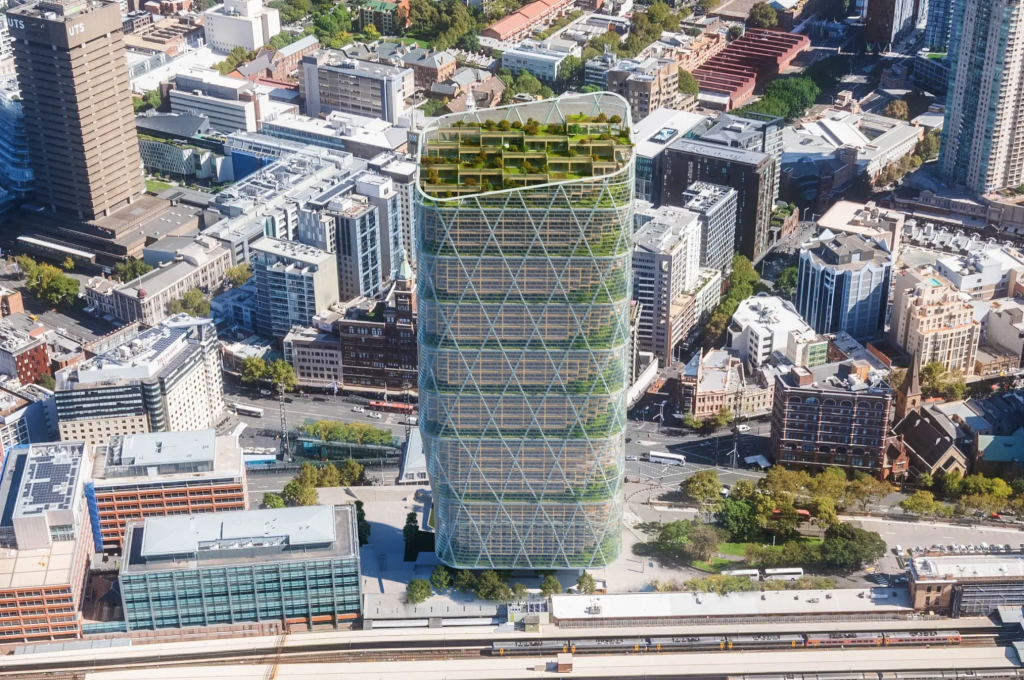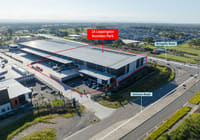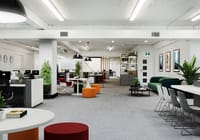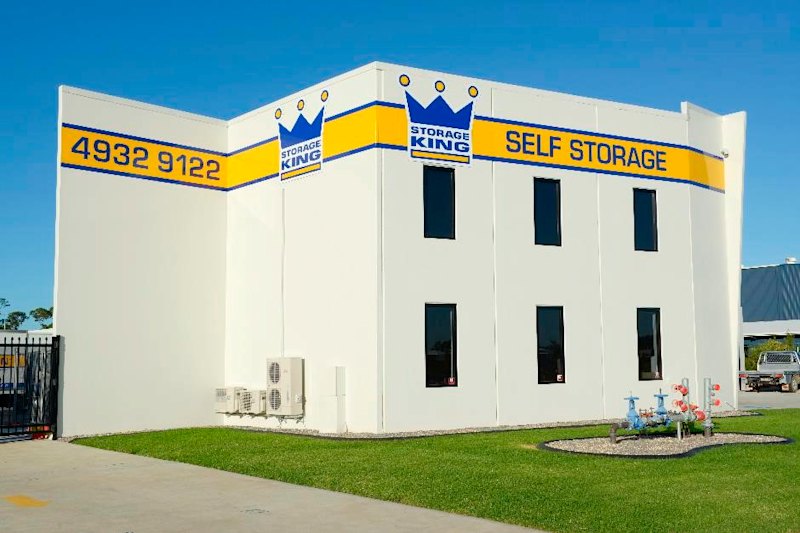
Atlassian still committed to building Sydney office tower despite allowing all employees to work from home
Atlassian chief executive and co-founder Mike Cannon-Brookes has said he has no regrets about committing the company to anchor a major new flagship building in central Sydney, despite the company recently telling employees worldwide that they could work from home on a permanent basis.
Asked at a joint Slack/Atlassian webinar “Navigating the disruption of work” whether he would still have invested in the new Atlassian headquarters if he were making the decision today, in light of the COVID-19 pandemic, Mr Cannon-Brookes was adamant.
“Yes, we still are making [that decision] today. The easiest building to cancel is one you haven’t built yet,” he said.
The Nasdaq-listed software company confirmed plans for a 180-metre, 40-storey Sydney office tower in June, announcing that the $1 billion-plus project would include the world’s tallest hybrid timber building to date.
It is the flagship building in a NSW government-backed technology precinct surrounding Sydney’s Central Station.
Re-tooling the office
Mr Cannon Brookes said he expected a large number of staff members would want to continue working from the office.
“We will need to provide office spaces for some employees and some people will work from home. This is about choice and it’s about [changing] norms,” he said.
“We need to serve both audiences [those working from home and from the office] well, so we are still going to have offices in physical spaces.”
Both Mr Cannon-Brookes and fellow panellist Slack chief executive Stewart Butterfield said a reduction in the number of people regularly coming to the office would lead to companies, including their own, being able to eliminate some of the standalone workstations or cubicles long associated with the corporate office environment.
“That’s the least valuable, least productive portion of it [the office]. If we can eliminate or reduce that I think everyone will save money on office space but if we preserve some of that space, what can we use it for?” Mr Butterfield said.
One of his suggestions was treating the head office as a “place to brainstorm or plan work” before workers returned to private offices – at home or in other locations – to work.
Post-pandemic, office spaces would likely look more like “co-shared workspaces with larger amount of office spaces for collaboration activities”, Mr Cannon-Brookes said.
Both said they would be “re-tooling” their offices post-pandemic to reflect a reduced number of employees in physical attendance.
Standardising experiences
One of the biggest challenges Atlassian had experienced when offering employees the option to work from home was separating the concept of “where people work, from how people work”.
Under the company’s “team anywhere” approach – announced earlier this month – it was searching for ways to standardise work practices so the experience would be the same for those in the office and out.
This could include making sure all meetings were conducted via Zoom, for example.
“We need to firstly change the ‘how we work’ in order to enable people to work where they want,” Mr Cannon-Brookes said.
“So our policy has been very clear about communicating to employees and giving them as much notice as possible that where you work is going to be up to you, within some constraints of your teams and time zones and those sorts of things. But how we work has to be standardised.”
The “team anywhere” approach would give employees the certainty they needed to make decisions about relocating to regional areas without having concerns about compromising the way they interacted with team members.










